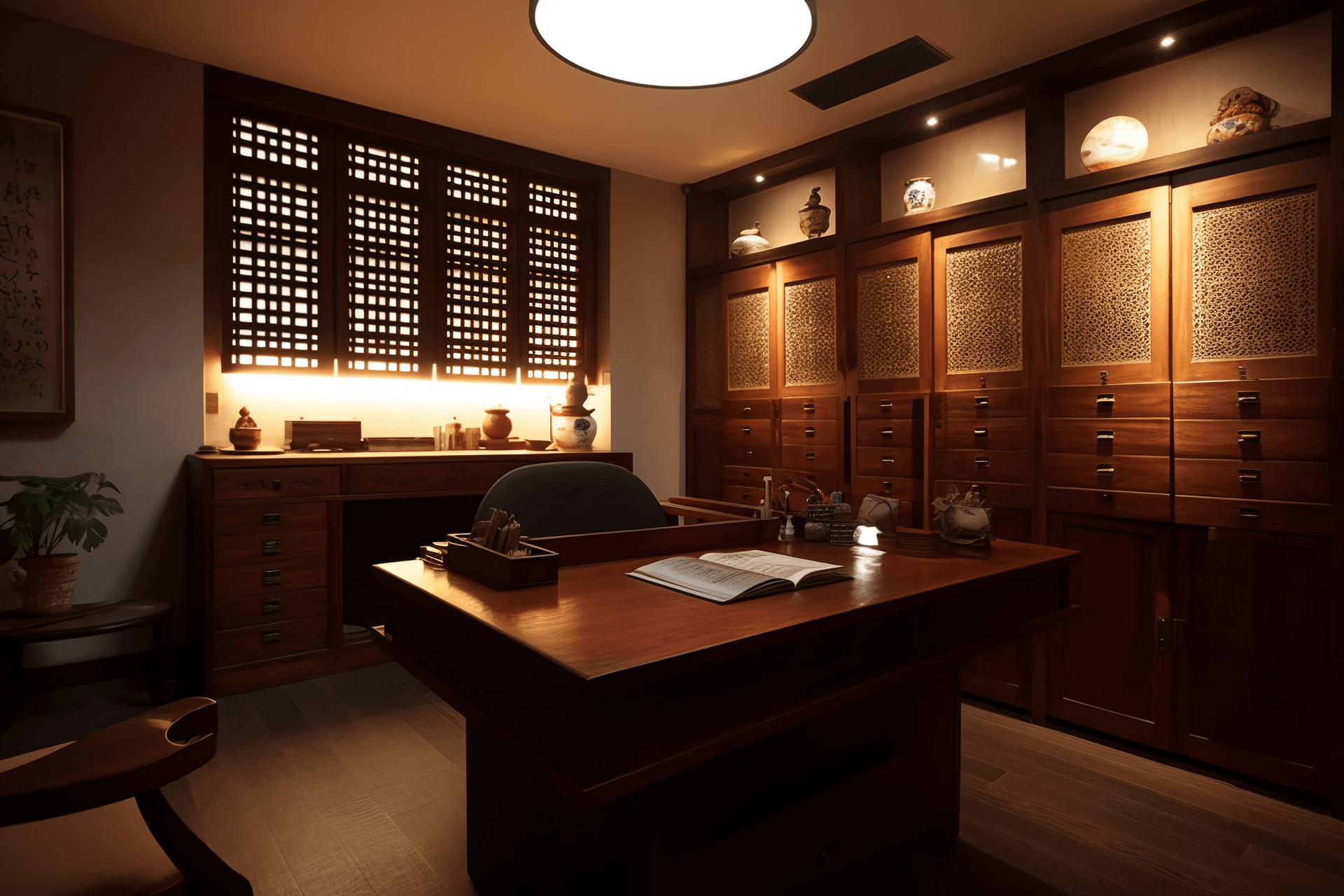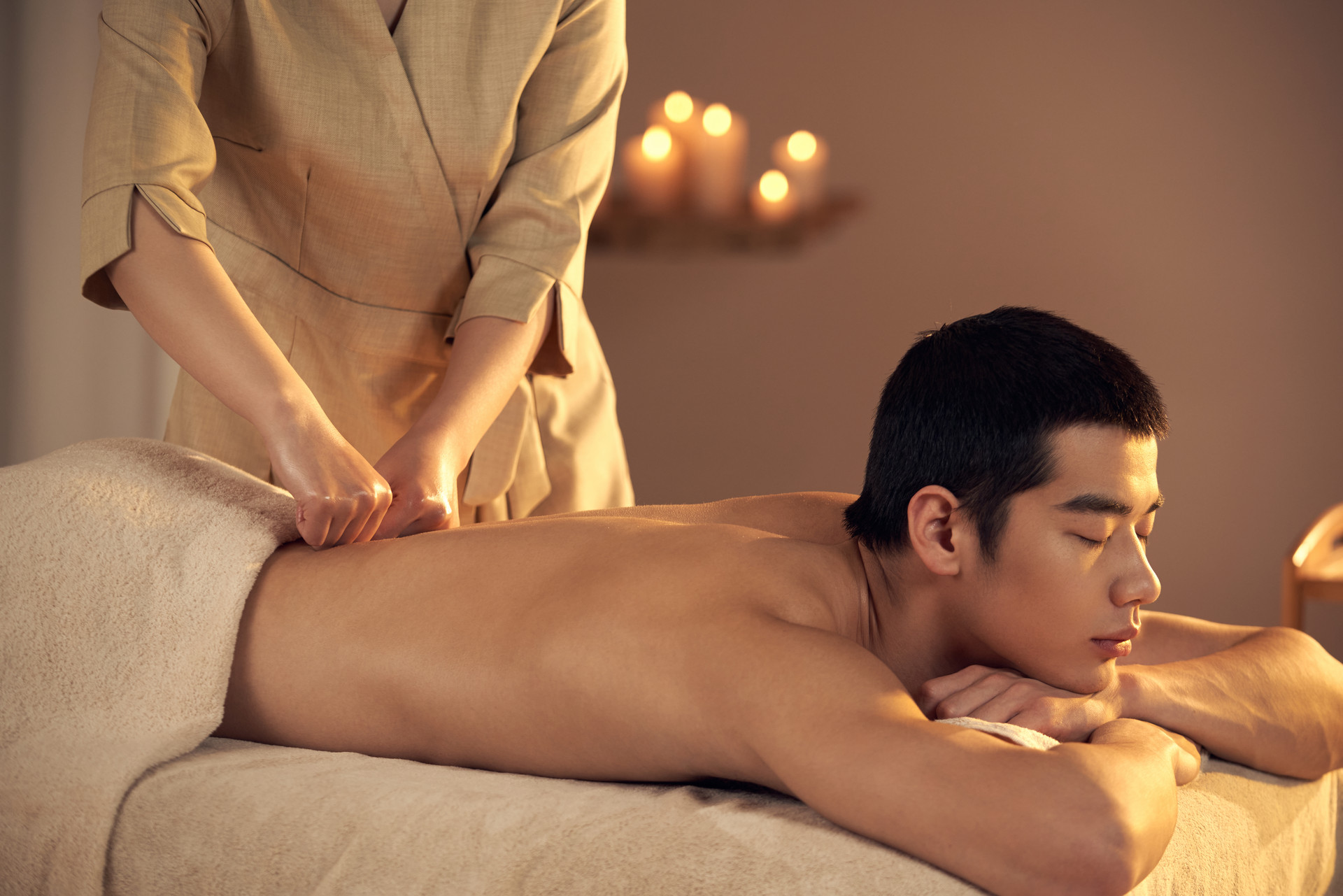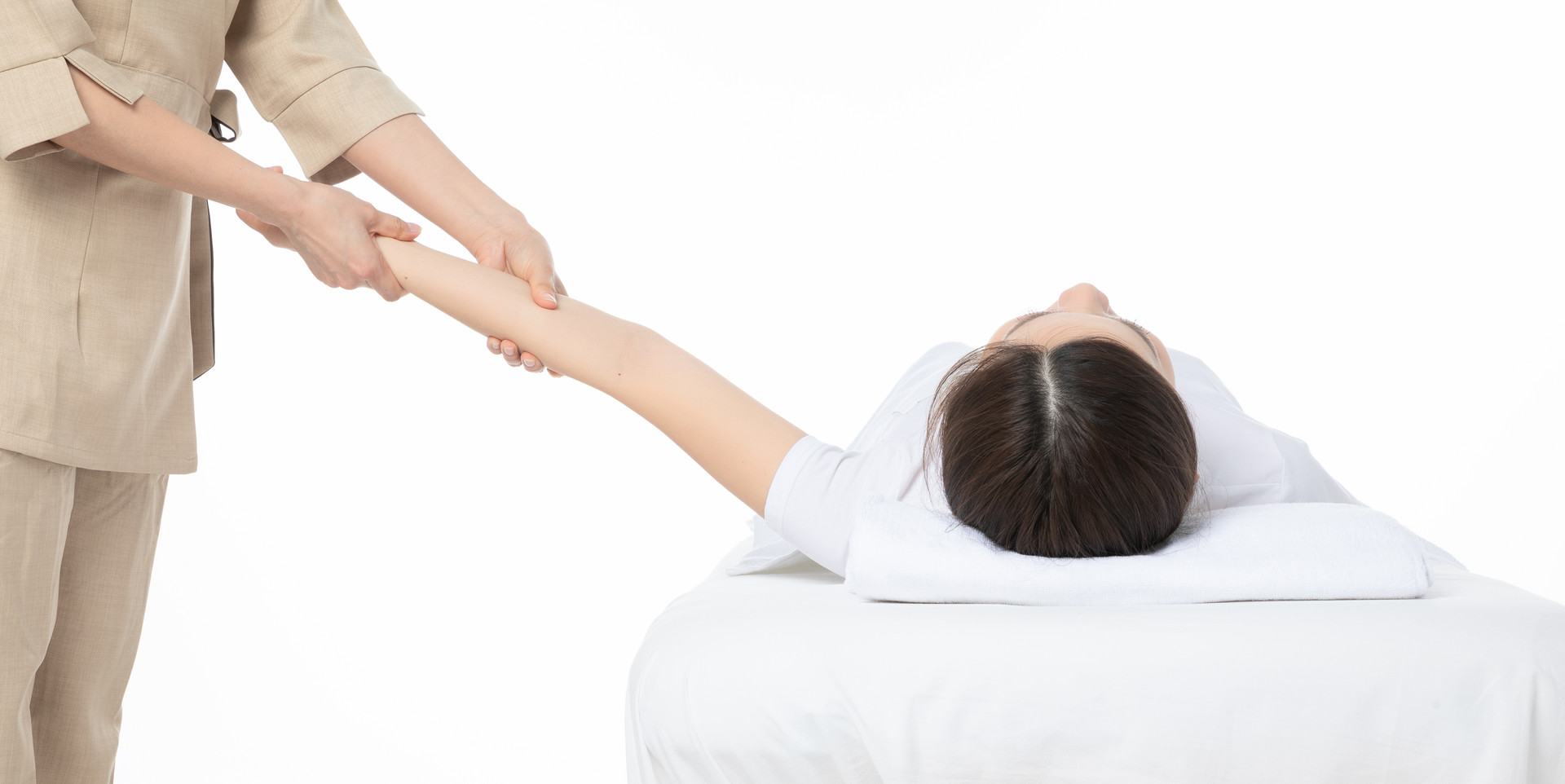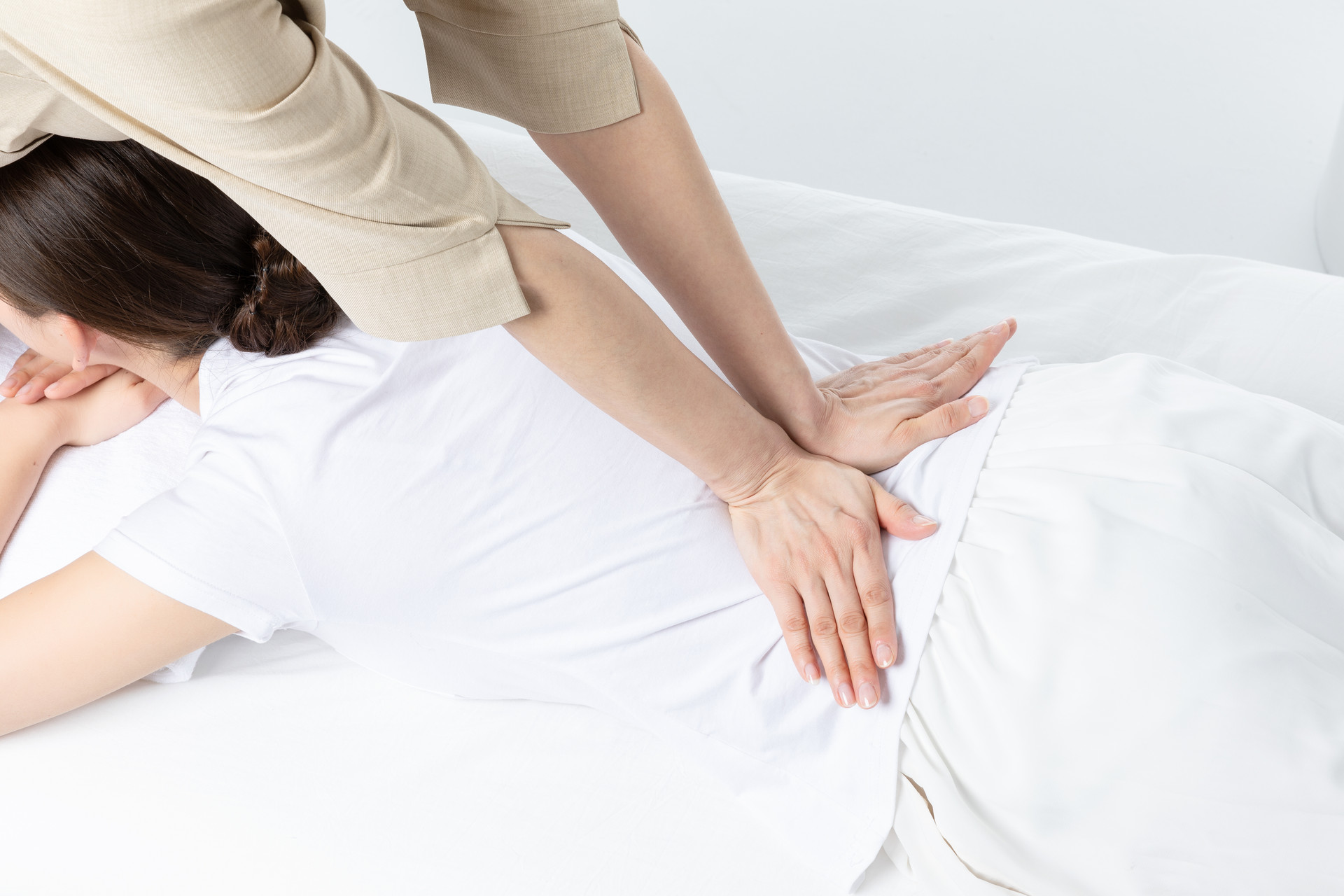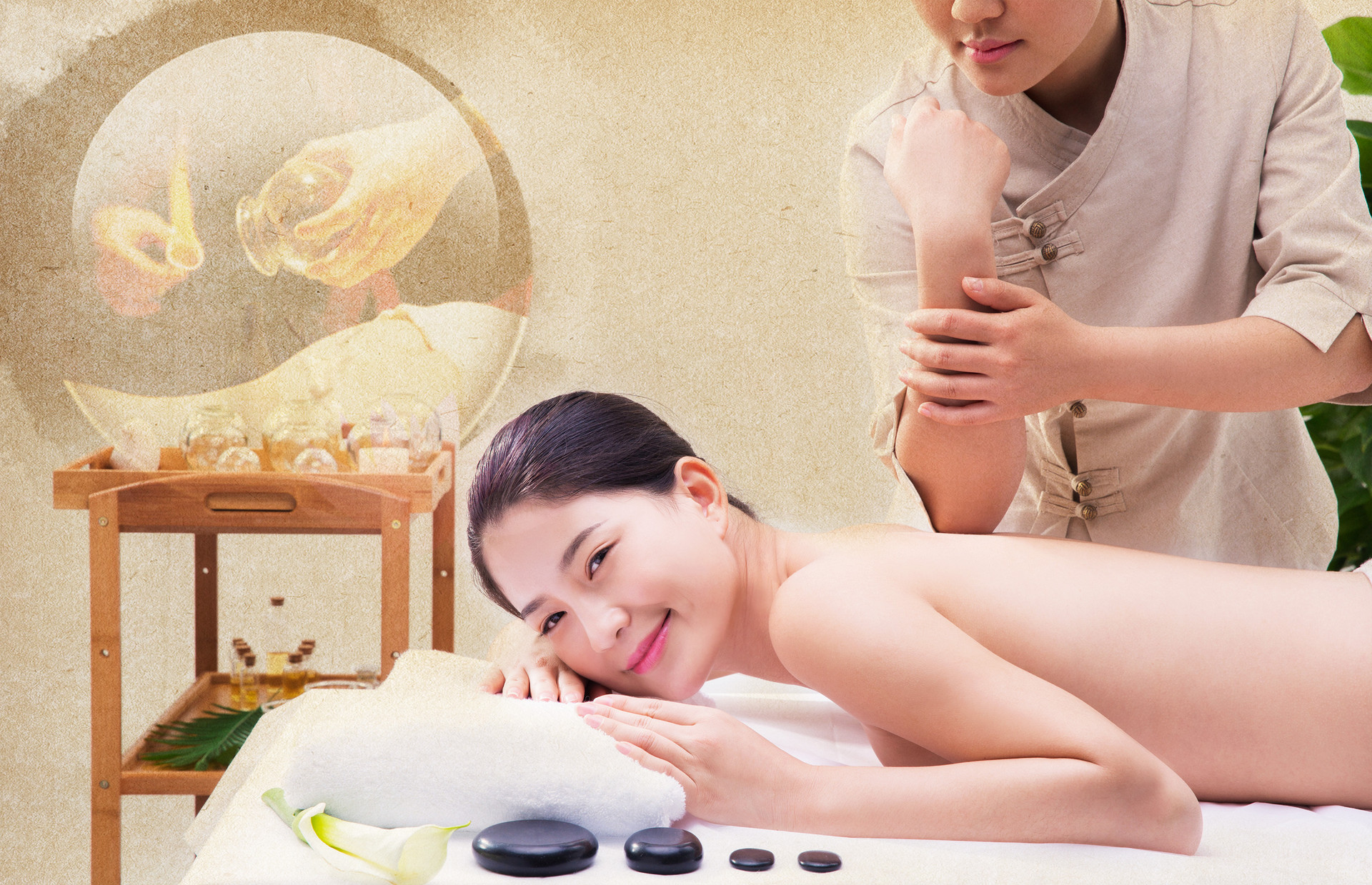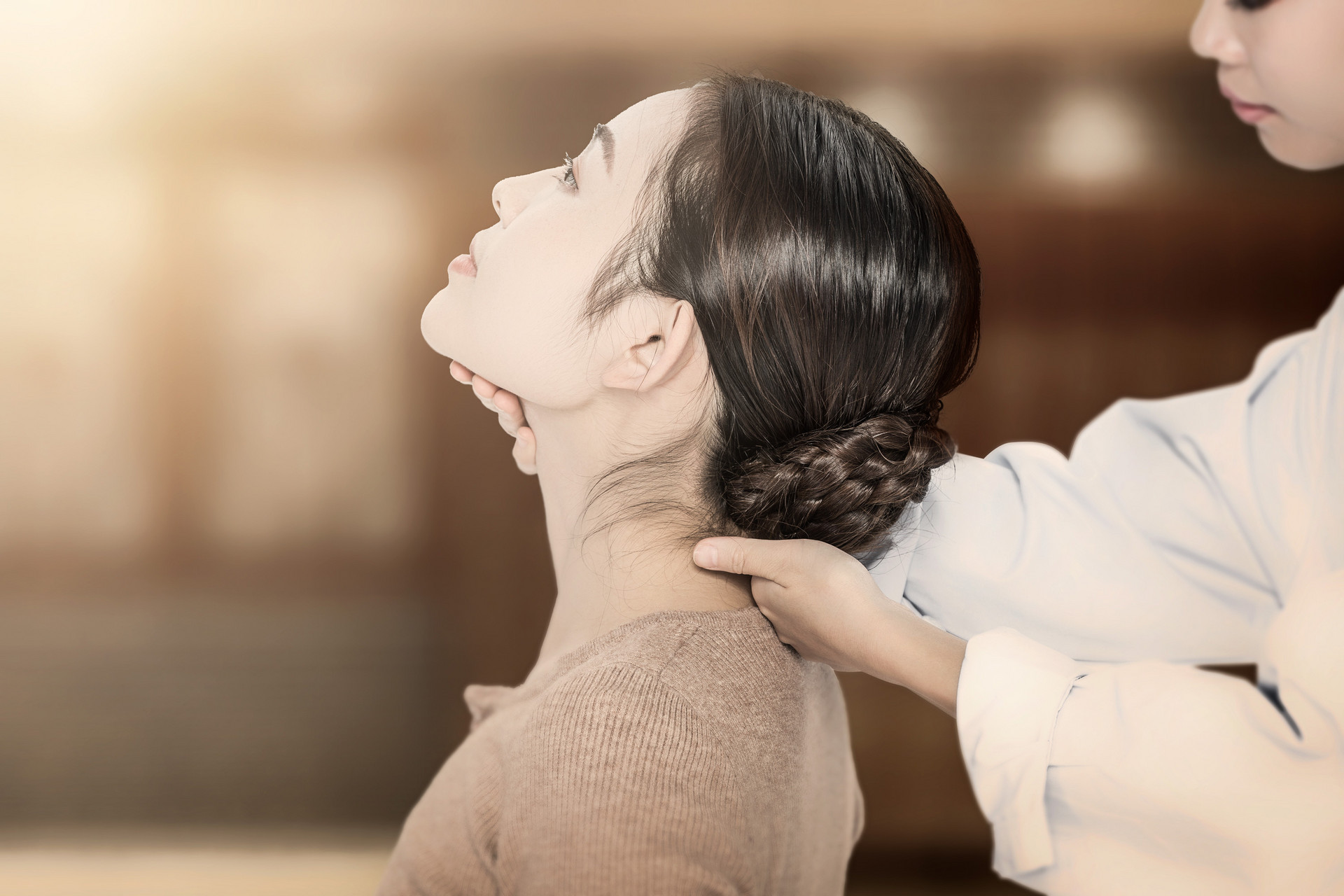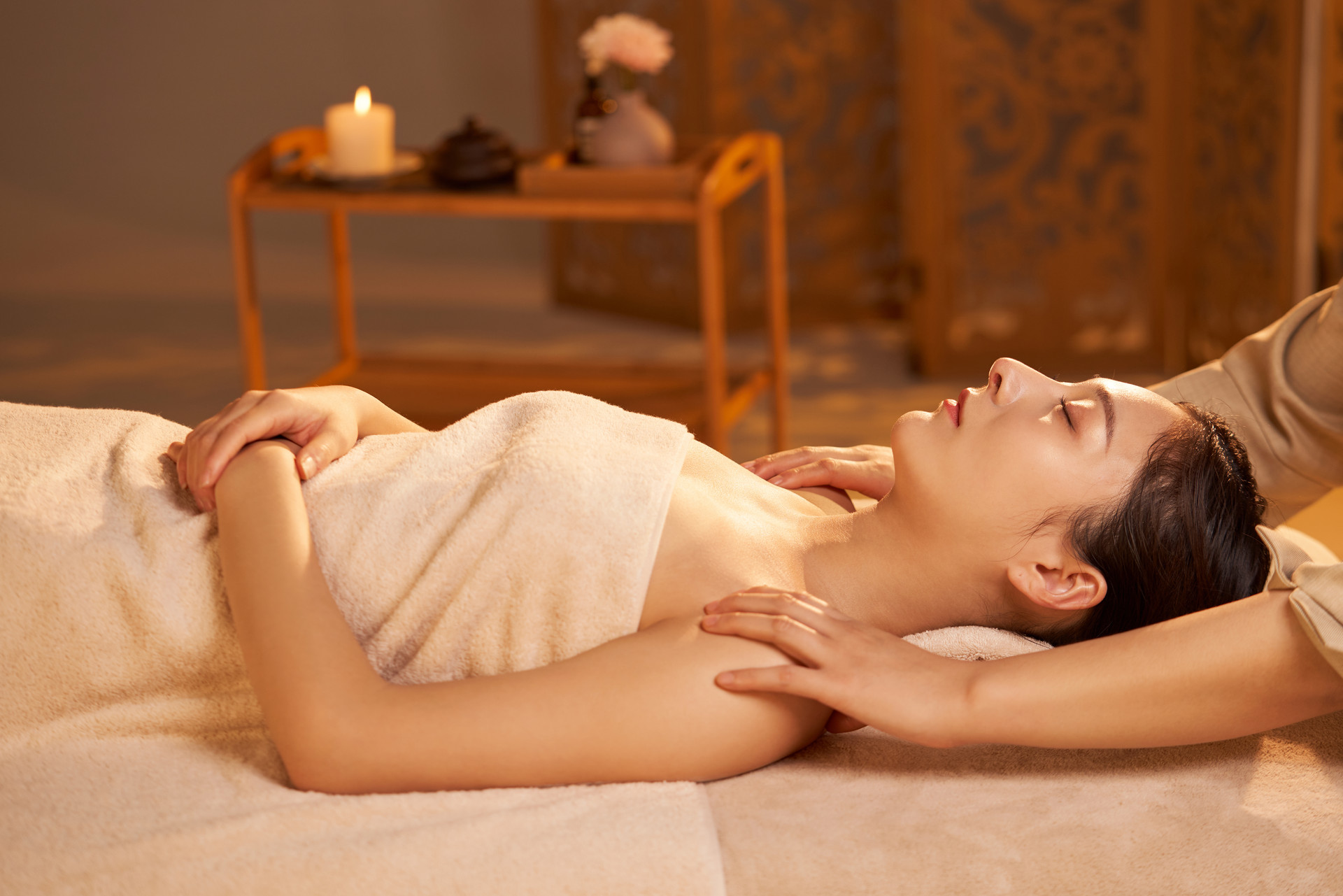Nei Jin Tan Bo Patting Therapy, commonly known as Nei Jin Patting Therapy, includes Nei Jin therapy and patting therapy. Nei Jin therapy is a massage technique where the doctor uses various hand techniques such as pinching, rubbing, pulling, and grasping on certain parts (pulse points) of the patient's body to induce different sensations such as soreness, swelling, numbness, and dispersion, in order to treat diseases. Patting therapy is a massage technique where the doctor uses a "pat" on certain specific parts of the patient's body with varying strength and rhythm to treat diseases. The effectiveness of these therapies is guided by the theories of meridians and viscera in traditional Chinese medicine. Nei Jin Patting Therapy originated from the "Yi Jin Jing" and was originally mastered by martial artists in China. It has been passed down through generations in Shandong, Hebei, Henan, and Northeast China for nearly a hundred years. Nei Jin Patting Therapy is a comprehensive treatment method that is applicable to a wide range of clinical conditions, including internal medicine, surgery, and otorhinolaryngology. Examples include internal medicine (headaches, dizziness, stomach problems, lower back pain, etc.), surgery (cervical spondylosis, stiff neck, joint and muscle pain, sciatica, muscular weakness, muscle atrophy, etc.), and otorhinolaryngology (toothaches, rhinitis, etc.).
[Method of Operation]
I. Principles of Nei Jin Patting Therapy
1. From the perspective of traditional Chinese medicine theory, Nei Jin therapy mainly acts on the meridians, equivalent to the "flesh" and "tendon" parts of the "five bodies", while patting therapy primarily acts on the superficial layer of the meridian system - the twelve skin layers. Through the penetration of force, the cutaneous layer affects other levels of the meridian system. Although their emphasis is different, they complement each other and together adjust yin and yang, dredge meridians, promote blood and qi circulation, and defend against external pathogenic factors.
2. From the perspective of modern medicine, Nei Jin Patting Therapy can stimulate the body's nerves, blood vessels, skin, and muscles, and affect changes in body fluids. At the same time, through the local or systemic reflex mechanisms induced by the techniques, it can promote vigorous metabolism, improve nutritional status, and thus promote the restoration and balance of physiological functions in the body, achieving the goal of disease treatment.
II. Techniques of Nei Jin Therapy
The commonly used techniques are as follows:
1. Pinching techniques include single-handed pinching, double-handed pinching, back pinching, neck pinching, upper limb pinching, lower limb pinching, kneading and rubbing. It involves applying force with the thumb and the other four fingers, alternately pinching and gripping the treatment area.
2. Rubbing techniques include thumb rubbing, middle finger rubbing, four-finger rubbing, kneeling finger rubbing, palm rubbing, flat palm rubbing, clasped palm rubbing, palm root rubbing, and elbow tip rubbing. It involves rotating and rubbing the treatment area in a clockwise or counterclockwise manner.
3. Digging techniques involve using the fingers (thumb, index finger, or middle finger) to dig into the pulse points in the concave areas, producing strong sensations. This includes thumb digging, index finger digging, middle finger resistance, digging and rubbing techniques, digging and patting techniques, etc.
4. Grasping techniques include upper limb grasping, lower limb grasping, neck grasping, shoulder grasping, back grasping, extension and rotation grasping, sliding grasping, compression grasping, grasping and rubbing techniques, etc. It involves using one or both hands in a pincer-like shape to exert squeezing force on the treatment area.
5. Pointing techniques include thumb pointing, middle finger pointing, elbow tip pointing, point and rub technique, point and tap technique, point and press technique, etc. It involves applying pressure to the treatment area by pointing and pressing, poking, or tapping.
6. Flicking techniques involve using the thumb to flick and move the tendons deep in the treatment area with force.
7. Scraping techniques involve repeatedly scraping and wiping the treatment area with the fingertips or knuckles.
8. Tracing techniques, also known as finger tracing, involve making an S-shaped motion with the two thumbs pressed against the cranial pulse point, while the other four fingers are spread out and move on both sides of the head.
9. Rubbing techniques include finger rubbing, palm rubbing, standing palm rubbing, clasped palm rubbing, tiger-mouth rubbing, rubbing and kneading, etc. It involves applying pressure with the fingers or palms to the treatment area and rubbing it back and forth from top to bottom.
10. Pressing techniques include single palm pressing, double palm pressing, double fist pressing, and saddle pressing. It involves applying pressure to the treatment area and suppressing it.
11. Rolling techniques include single palm rolling, double palm rolling, rolling and pressing, rolling and rubbing, and large fish rolling and rubbing. It involves fixing the force application point on the surface of the body and rolling it back and forth or from side to side using the wrist joint.
12. Pinching techniques involve using the fingertips to press and pinch the acupoints without puncturing the skin.
13. Pushing techniques involve using the fingers, palms, or elbows to apply force to a specific area and move in a straight line in one direction.
14. Pulling techniques involve using both hands to exert opposite or same-direction force to pull and move the limbs.
15. Shaking techniques involve holding the distal end of the limb and shaking and rotating it, causing the entire limb to ripple and tremble.
16. Grasping techniques involve placing the fingers or palms on the treatment area, gathering the skin, flesh, and tendons in the palms, and then gradually releasing them.
17. Swing techniques involve using the wrist as an axis and swinging the palm.
| 1 2 3 > >> >>|



